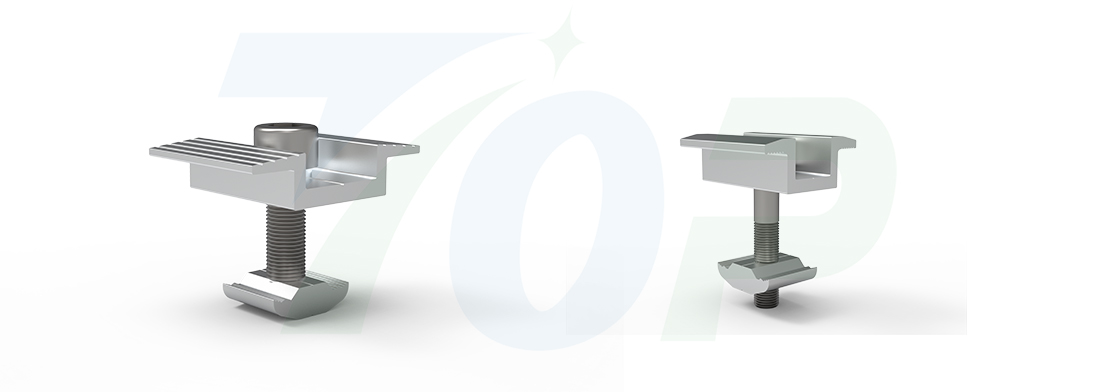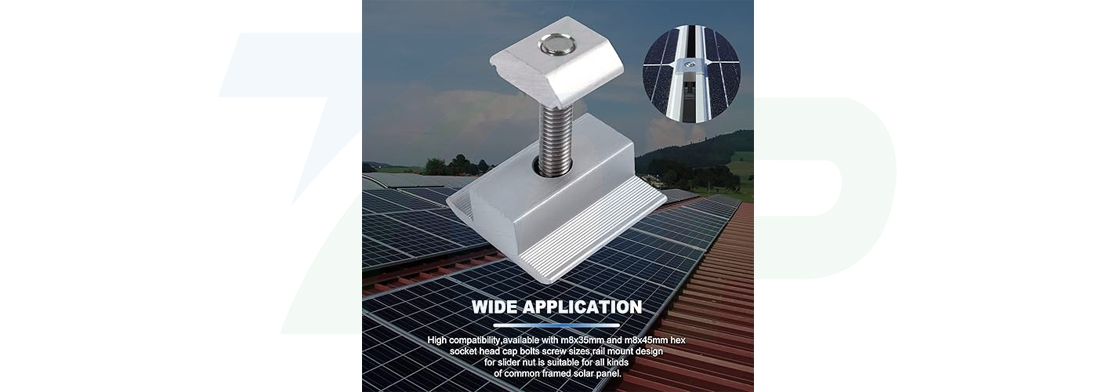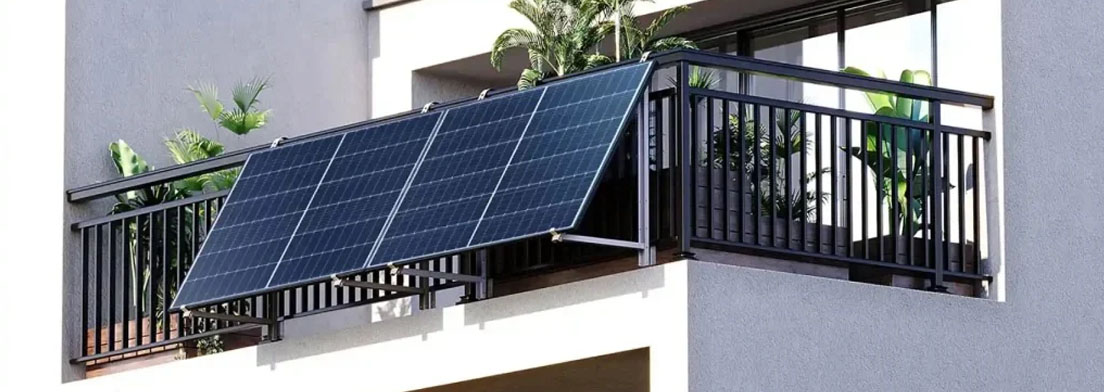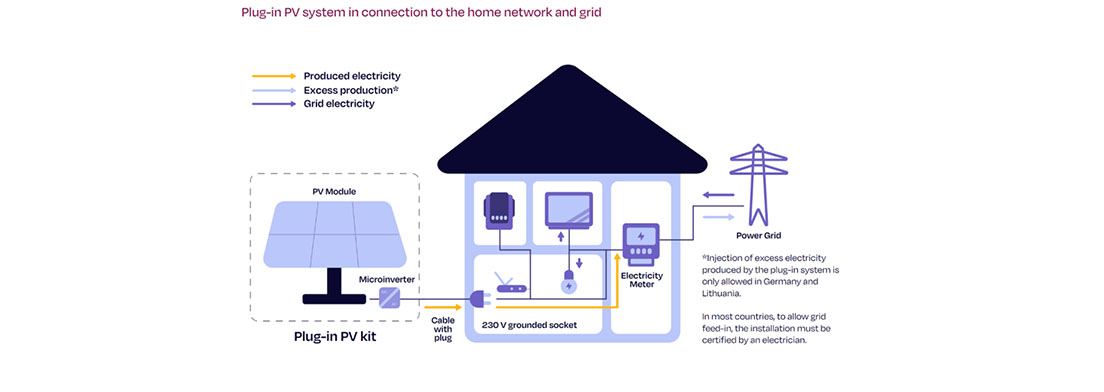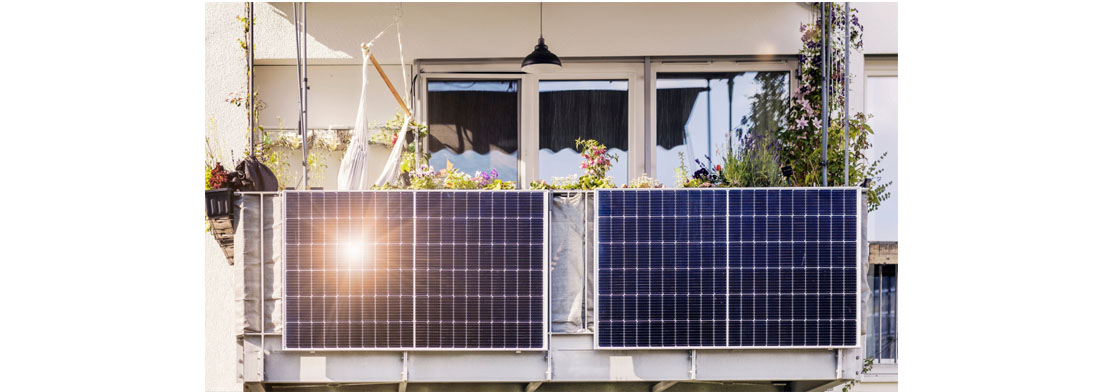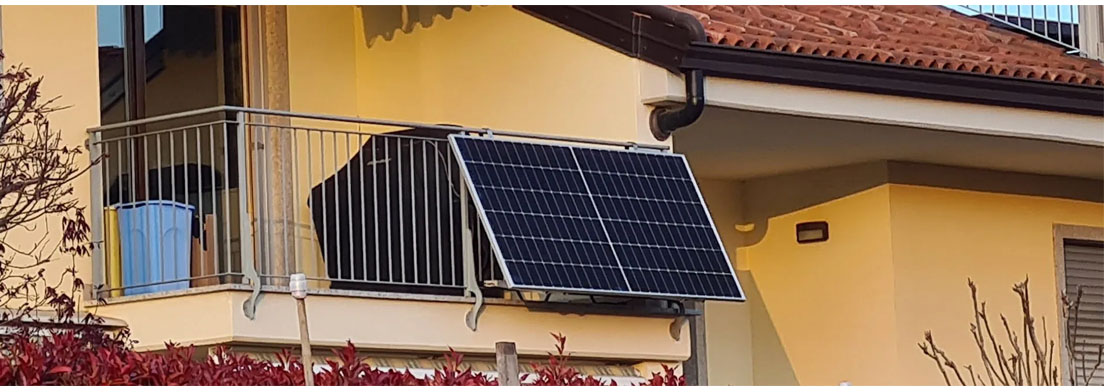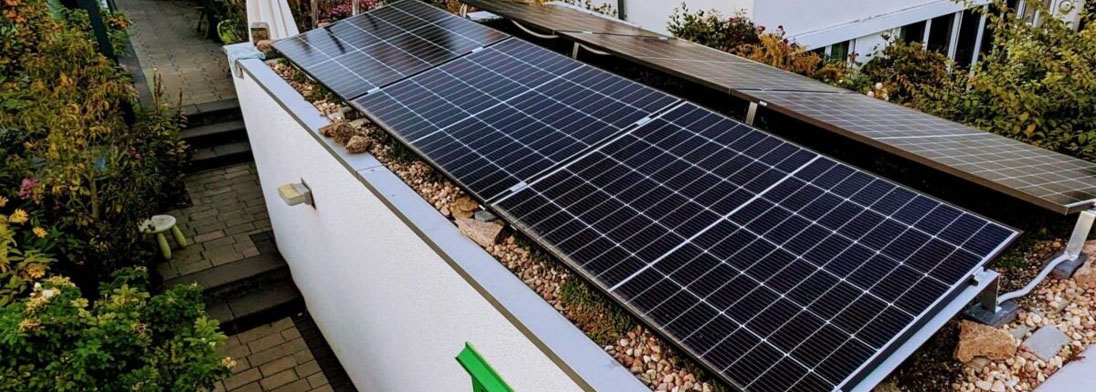As the demand for clean, renewable energy continues to rise, more homeowners and businesses are turning to solar power to reduce their carbon footprints and energy bills. One of the key components of a solar installation is the solar panel mounting system, which holds the panels in place. Among the various solar mounting solutions available, ground screws have emerged as a popular choice, particularly for outdoor solar panel installations.
In this blog post, we will walk you through the steps involved in installing ground screws for solar panel mounting, highlighting the benefits of using this method, and offering tips for successful installation.
What Are Ground Screws?
Ground screws are metal piles, typically made from galvanized steel, that are drilled into the ground to provide a sturdy base for a solar panel mounting structure. Unlike traditional concrete foundations, ground screws are quicker and more cost-effective to install, and they don’t require curing time, making them ideal for solar panel installations. The screw pile design, often with helical blades, provides high stability and resistance to movement, even in challenging soil conditions.
Step-by-Step Guide to Installing Ground Screws for Solar Panel Mounting
Planning and Site Assessment
Before installation begins, it's essential to assess the site and plan the layout of the solar panel system. Factors to consider include soil type, ground conditions, and the size of the area where the solar panels will be installed. Conducting a soil test can ensure that the ground is suitable for ground screw installation and help determine the correct screw size.
Marking the Locations
Once you've assessed the site, mark the positions where the ground screws will be installed. Ensure that the holes align with the structure’s mounting points for the solar panels. Accurate placement is critical for the stability and efficiency of the entire solar system.
Drilling the Ground Screws
Ground screws are installed using specialized equipment that drives the screws into the ground. The installation can be done with either manual or powered machinery, depending on the size of the installation site. The ground screws should be installed to a depth where they can securely anchor into the ground, typically around 1.5 to 2 meters (4.9 to 6.5 feet), depending on soil conditions. The helical design of the screws allows them to cut into the earth and hold their position firmly.
Aligning the Rails
Once the ground screws are installed, rails can be affixed to the top of the screws. These rails will support the solar panels. The alignment should be done carefully to ensure that the panels are mounted at the correct angle for maximum sunlight exposure.
Securing the Solar Panels
After securing the rails, it’s time to mount the solar panels. Using the appropriate brackets and hardware, the solar panels are fixed to the rails. Be sure to follow the manufacturer’s instructions for proper torque to avoid damaging the panels or the structure.
Final Check
Once everything is in place, it’s important to conduct a final inspection to ensure that all components are securely fastened, and the solar system is properly aligned. Verify that the panels are positioned correctly to optimize energy production, and double-check the wiring before connecting the system to the inverter.
Why Choose Ground Screws for Solar Panel Mounting?
Quick Installation
One of the biggest advantages of ground screws is that they can be installed quickly, with no need for digging or pouring concrete. This saves both time and labor costs, making them a popular choice for residential and commercial solar installations.
Cost-Effective
Ground screws typically cost less than traditional concrete foundations, as they eliminate the need for excavation and concrete curing. The overall savings are significant, especially for large installations.
Eco-Friendly
Ground screws have a minimal environmental impact. Unlike concrete foundations, they don’t involve the use of harmful chemicals or materials. Additionally, ground screws are reusable and can be removed or repositioned if necessary, making them an eco-friendly option.
Stability and Durability
The helical screw design of the ground screws ensures that they provide a stable and secure base for solar panel systems, even in challenging soil conditions. The galvanized steel material offers excellent resistance to corrosion, ensuring that the screws will last for decades.
No Need for Curing
Unlike concrete foundations that require time to set, ground screws can be used immediately after installation. This reduces the overall installation timeline and makes it a more convenient option.
Things to Keep in Mind During Installation
Soil Conditions: Ground screws work best in well-drained soils. If you’re installing on clay or rocky soil, the installation may be more challenging and require a larger screw size or different equipment.
Permits: Depending on your location, you may need to check with local authorities to ensure that ground screw installations are permitted. Some areas have regulations about ground disturbances, especially in environmentally sensitive regions.
Professional Help: While ground screw installation is a straightforward process, some large-scale or complex installations may require professional assistance. Consider hiring experienced installers if you are unsure about the process.
Conclusion
Ground screw installation is an efficient, cost-effective, and eco-friendly solution for solar panel mounting. Whether you’re installing solar panels for a residential or commercial property, using ground screws can streamline the process and provide a secure, long-lasting foundation.
If you’re considering installing solar panels with ground screws, make sure to assess your site carefully, follow installation guidelines, and choose the right screw size for your project.









